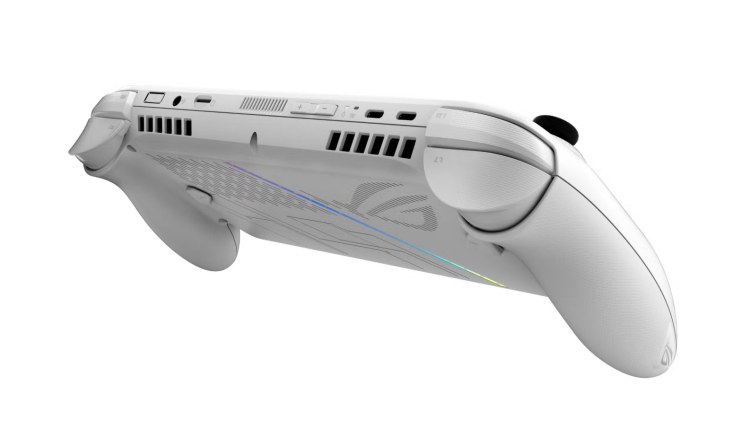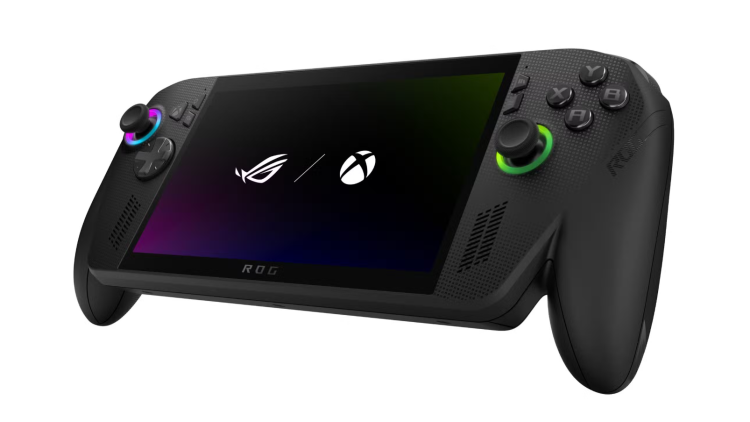ROG Xbox Ally X Review: Windows Meets Xbox in a $1,000 Handheld
The ROG Xbox Ally X is Asus’ latest attempt to merge PC gaming with the console experience under the Xbox brand. Unlike a traditional Xbox console, the Ally runs Windows and plays PC games, with compatibility for Xbox Play Anywhere titles and cloud streaming from Xbox devices. Two versions are available: the $600 standard Xbox Ally and the $1,000 premium Ally X, the latter featuring AMD’s Ryzen Z2 Extreme processor, 24 GB of RAM, and 1 TB of storage.
According to Polygon's review, the device is designed to be console-like but remains a Windows PC. Microsoft’s Xbox full screen experience provides a streamlined, controller-friendly interface intended to simplify PC gaming on the handheld. It allows installation of Steam, Epic Games Store, Battle.net, and other launchers, integrating them into a single Xbox-style front end. This approach reduces the technical friction typically associated with Windows gaming handhelds.
Before its official October 16 release, the ROG Xbox Ally X accidentally shipped early in Europe via Amazon France, giving a Reddit user the chance to test Asus and Microsoft’s Xbox-branded handheld ahead of schedule.

Ergonomically, the Xbox Ally X is comfortable. Its full Xbox-style grips feel solid, and button and stick placement is almost ideal, though the programmable back buttons are small and hard to reach. The device is heavy and chunky, with a flashy design featuring reflective strips and LED rings. While the fans remain relatively quiet even under load, the speakers deliver loud but midrange-heavy sound with limited treble and bass.
Performance varies across games. Well-optimized titles like Diablo 4 and Doom: The Dark Ages maintain 70+ frames per second, while Forza Horizon 5 runs at 60 fps with minor dips. Some newer releases, such as Avowed and Clair Obscur: Expedition 33, struggle to hit 30 fps consistently, even on default settings. While graphics adjustments improve results, the experience highlights the difficulty of providing a seamless, console-like Windows gaming experience at this price point.
The 1080p, 120 Hz display with variable refresh rate enhances sharpness and reduces the impact of frame drops. Microsoft’s Xbox Play Anywhere program further supports cross-platform gaming, allowing saves to carry between PC, cloud, and Xbox consoles. Access to Game Pass titles directly from the handheld adds convenience and strengthens the device’s appeal for Game Pass subscribers.

Despite these features, Windows as a platform presents ongoing issues. The Xbox full screen experience simplifies navigation but cannot fully mask Windows’ complexities. System pop-ups, sign-in prompts, and occasional interface lag reveal the limits of this hybrid approach. Compared to devices like the Steam Deck or Nintendo Switch 2, the Ally’s responsiveness and interface logic feel less polished. Features such as storage management or network settings require additional software like Asus’ Armoury Crate.
In testing, the Ally X demonstrates the potential for a Windows-based handheld gaming device but falls short in execution. It narrows the usability gap with SteamOS but does not eliminate it. The combination of experimental software design, mixed performance, and $1,000 pricing positions the device as a niche product for enthusiasts rather than mainstream adoption.
As a concept, the Xbox Ally X previews Microsoft’s broader vision for platform-agnostic gaming, including potential future Windows-based Xbox consoles compatible with multiple storefronts. The promise of a single device capable of running all PC and Xbox titles in one interface is appealing, yet the current iteration exposes limitations in hardware design, software integration, and overall polish. The ROG Xbox Ally X is an ambitious hybrid that partially realizes Microsoft’s vision while reminding users that Windows-based console experiences remain a work in progress.

Comments